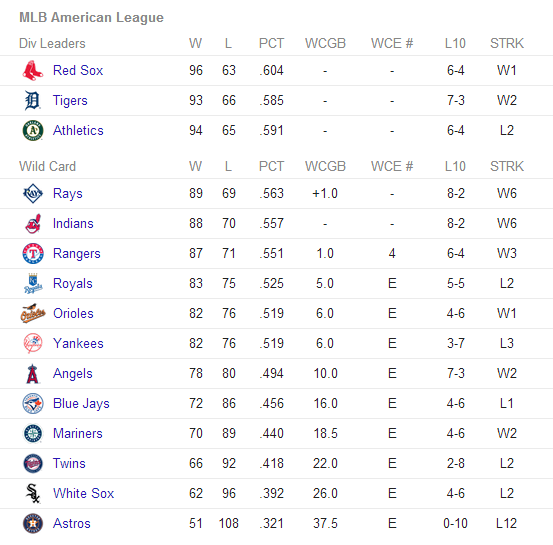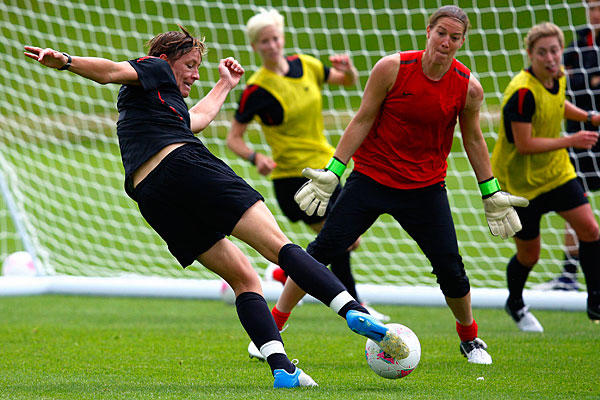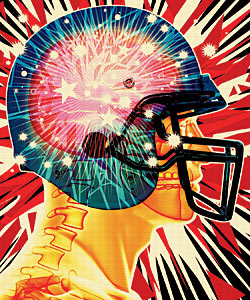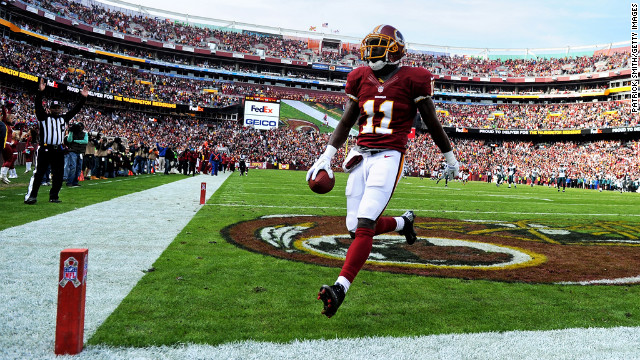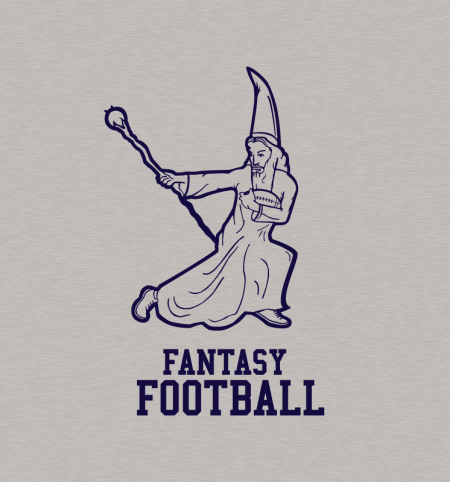One of the joys of working on this website is that the WordPress software I run the site with tracks many of the search terms people have entered that lead them to Dear Sports Fan. Yesterday someone viewed the site after searching google for “why men shouldn’t watch NFL football every Sunday.” This is pretty exciting because it means that our core audience (non-sports fans who have important sports fans in their lives) exist and that they are curious or frustrated enough to take their questions to the internet and that once there, Dear Sports Fan’s content is relevant enough to pop up in searches and to be read! So, in honor of you, whoever you are, here are some thoughts about spending all day watching football and some tips on negotiating the topic with your favorite football fan.
Less is More
There’s different modes of football watching and one that is extremely enjoyable is the viewing of a single, important game. Watching football all day sometimes means you never really focus in on one game and enjoy it’s drama, it’s plot twists, it’s ups and downs as fully as you could. If the fan in your life has a favorite team, why not make it into a special occasion for him or her? Expressing the desire to watch with that person is likely enough to make it special but it wouldn’t hurt to add some props to the equation. Throw on some color coded clothing to support a team. Clear away distractions half an hour early. Get involved by cooking or ordering appropriate food. Football team names are often fun to play with in a themed event kind of way. When I was in college, my friends and I would throw a themed super bowl party. When the Buccaneers played the Raiders it was PIRATE BOWL. There’s no reason why you can’t steal this idea on a normal Sunday. Cook some gumbo for a Saints game, make some wings for a Bills game, or cook a corned beef (but start early) for a Patriots game. Making an occasion out of a game is a good way to make a single game the occasion.
Take a Bye Week
If the sports fan in your life has a favorite team there is at least one, probably two or three weeks during the football season where the negotiation for a football free or football light weekend will be significantly easier than others. In the NFL, every team plays 16 games over 17 weeks. The one week a team does not play is called their bye week. This is a great week to suggest that your favorite fan take a bye week too! Go away for the weekend or get some yard work done! Every team also has at least one prime-time game on Thursday, Sunday, or Monday night. These weeks are also good bets to suggest a Sunday day activity.
Plan Ahead
One of the under-appreciated elements of the sports business is how effectively is markets itself. Most of the time sporting events are generally unremarkable. Once in a while they’re drama and unpredictability make them transendent experiences for sports fans. ESPN, NBC, ABC, Fox, CBS, and the sports leagues themselves do a great job of promoting upcoming games to convince sports fans that despite all probabalistic evidence to the contrary, this game is going to defy logic and has a 100% chance of being transendent. Think of the way big food companies market desserts and then double it. By the day of the game most sports fans have been looking forward to watching particular games for days. If you want to do something else with them, talk to them about it before they’ve bought the hype.
Lose the Battle, Win the War
Sometimes, it is great to watch football all day. As bizarre as it may sound if you are not a fan, planting your butt on a couch and watching football all day is an experience many of us prize. It’s an indulgence like spending the day at a spa or an amusement park or in a casino. And like all indulgences, it’s only really enjoyable if you feel good about doing it! So give the football fan in your life the gift of support some Sundays and make them feel good about indulging themselves. Tell them you understand how they enjoy a full day of football and that you want them to choose some Sundays to have that and some Sundays to share the day with you. I’ll leave it to you and your sports fan to figure out exactly what the right ratio is.
Good luck and happy negotiating.





